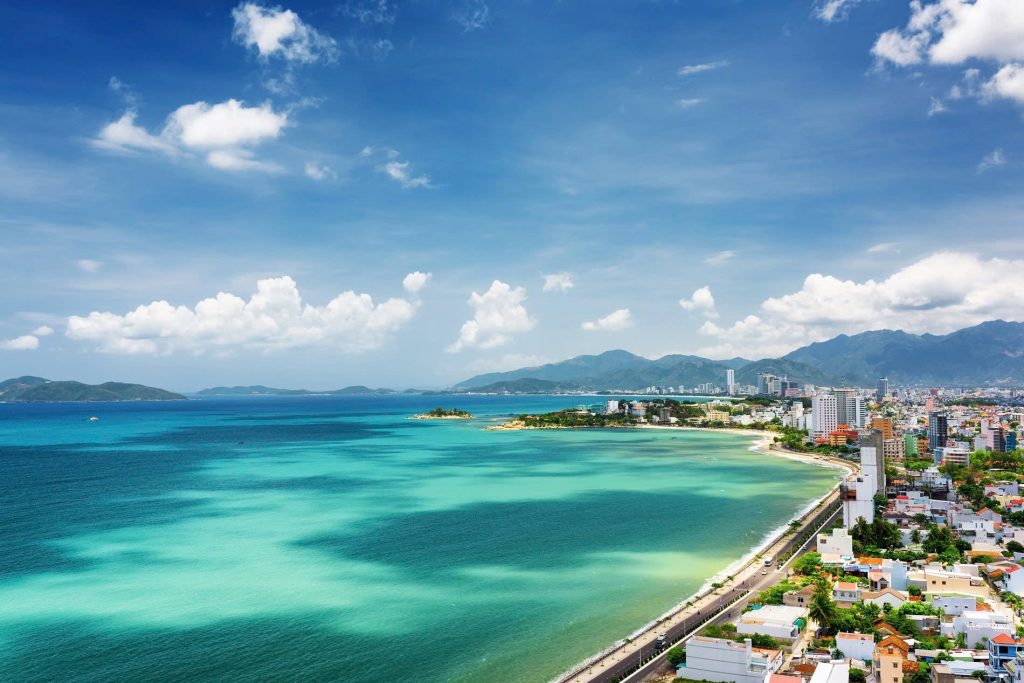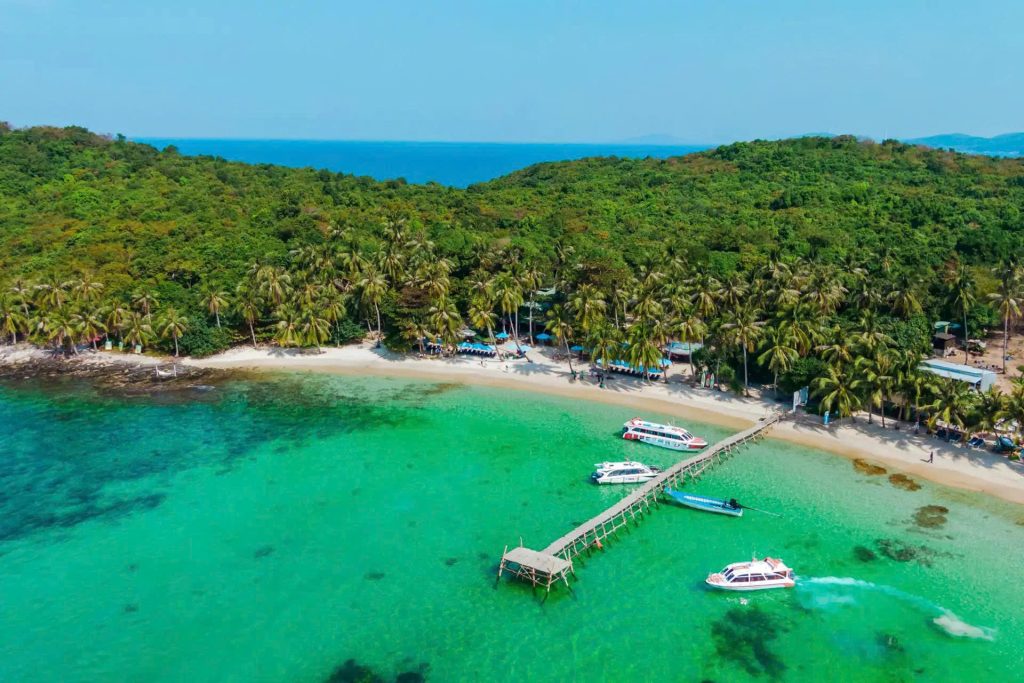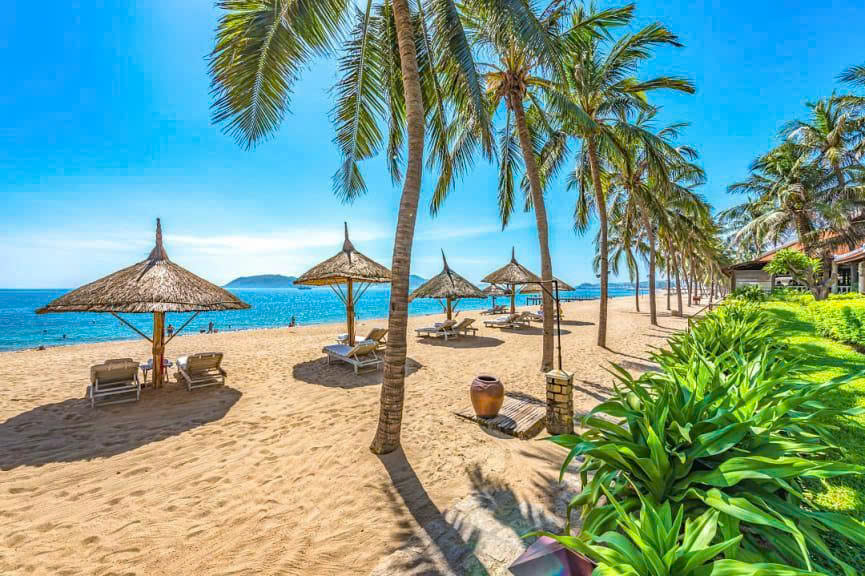Are you dreaming of a location-independent lifestyle, sipping coconuts while coding, and exploring vibrant cultures? Southeast Asia has long been a magnet for digital nomads, with Vietnam and Thailand standing out as top contenders. But when it comes to your budget, which country offers the best value?
We will break down the cost of living for digital nomads in Vietnam versus Thailand, helping you make an informed decision for your next adventure. We’ll dive deep into expenses, lifestyle factors, and what to expect in both fascinating nations.
Why Vietnam and Thailand are Digital Nomad Hotspots
Both Vietnam and Thailand offer unique charms that attract remote workers from around the globe. Understanding their fundamental appeal sets the stage for our cost comparison.
Vietnam’s Allure for Remote Workers
Vietnam is an emerging star in the digital nomad scene, known for its rapid development, rich history, and incredibly affordable living.

- Rich Culture & Food Scene: From the bustling street food stalls of Hanoi and Ho Chi Minh City to the ancient charm of Hoi An, Vietnam offers an authentic and deeply immersive cultural experience. The Vietnamese cuisine, renowned globally, is not only delicious but also incredibly budget-friendly.
- Growing Digital Nomad Community: While perhaps not as established as Thailand’s, Vietnam’s digital nomad community is thriving, particularly in cities like Da Nang and Ho Chi Minh City, with new co-working spaces and meetups emerging constantly.
- Affordability: Generally, Vietnam is considered one of the most budget-friendly countries in Southeast Asia, making it highly attractive for nomads looking to stretch their dollar further.
Thailand’s Established Appeal
Thailand has long been the quintessential digital nomad destination, boasting a mature infrastructure and diverse offerings.

- Established Digital Nomad Hubs: Cities like Chiang Mai (the “Digital Nomad Capital of the World”) and Bangkok offer a well-developed ecosystem with abundant co-working spaces, expat communities, and tailored services. Phuket and Krabi also draw nomads seeking island life.
- Diverse Landscapes & Activities: From the stunning beaches of the South to the misty mountains of the North, Thailand offers incredible natural beauty and a vast array of activities, from diving and hiking to yoga retreats.
- Convenience & Infrastructure: Thailand’s tourism infrastructure is highly developed, making travel and daily life relatively easy for foreigners. High-speed internet is widely available, especially in urban centers.
Overall Cost of Living: A Quick Snapshot
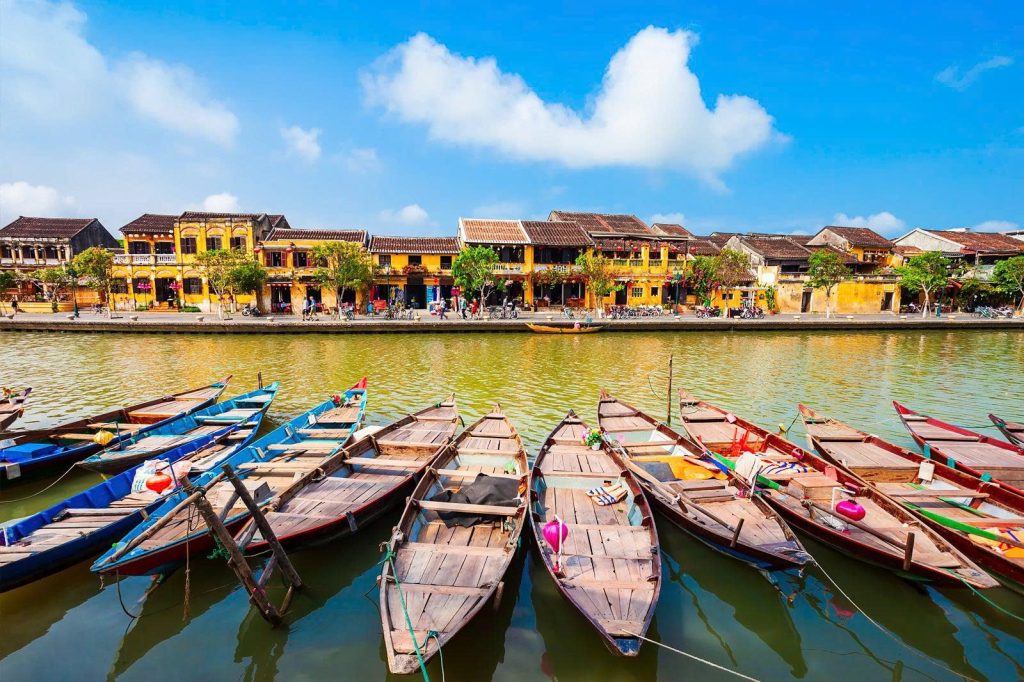
Before diving into specifics, let’s get a general idea of how your monthly budget might look in each country. Keep in mind these are averages, and your actual expenses will depend on your lifestyle, habits, and chosen city.
| Expense Category | Vietnam (USD/Month – Est.) | Thailand (USD/Month – Est.) |
| Low-Budget | $600 – $900 | $800 – $1,200 |
| Mid-Range | $900 – $1,500 | $1,200 – $2,000 |
| High-End | $1,500+ | $2,000+ |
- Key Takeaway: Generally, Vietnam tends to be more affordable than Thailand across most spending categories, especially for those on a tighter budget. However, Thailand offers excellent value, particularly given its well-developed nomad infrastructure.
Detailed Cost Breakdown: Head-to-Head Comparison
Let’s break down the major expenses you’ll encounter as a digital nomad. All prices are approximate and can vary significantly based on location (major city vs. smaller town), seasonality, and your personal preferences.
1. Accommodation Costs
Accommodation will likely be your largest expense. Both countries offer a range of options, from budget guesthouses to modern apartments.
Renting an Apartment (Studio/1-Bedroom)

- Vietnam:
-
-
- Ho Chi Minh City/Hanoi: $300 – $700 USD/month for a decent studio or 1-bedroom in a good area. Can be lower ($200-$300) in less central districts or for basic rooms.
- Da Nang/Hoi An: $250 – $500 USD/month.
-
- Thailand:
-
-
- Bangkok: $400 – $900 USD/month for a studio/1-bedroom, especially near BTS/MRT.
- Chiang Mai: $250 – $600 USD/month (significantly cheaper outside the old city).
- Phuket/Krabi: $350 – $800 USD/month, highly seasonal.
-
- Guesthouses & Hotels (Short-term vs. Long-term): Both countries have abundant budget guesthouses and hostels starting from $10-$20/night. For longer stays (monthly), many offer discounted rates.
- Co-living Spaces: Growing in popularity in both, often offering a slightly higher price point ($400-$800 USD/month) but including utilities and community events.
Verdict: Vietnam is generally cheaper for accommodation, especially in major cities.
2. Food & Dining Expenses
Southeast Asian cuisine is a highlight for many nomads, and thankfully, it’s incredibly affordable.
Street Food & Local Restaurants:
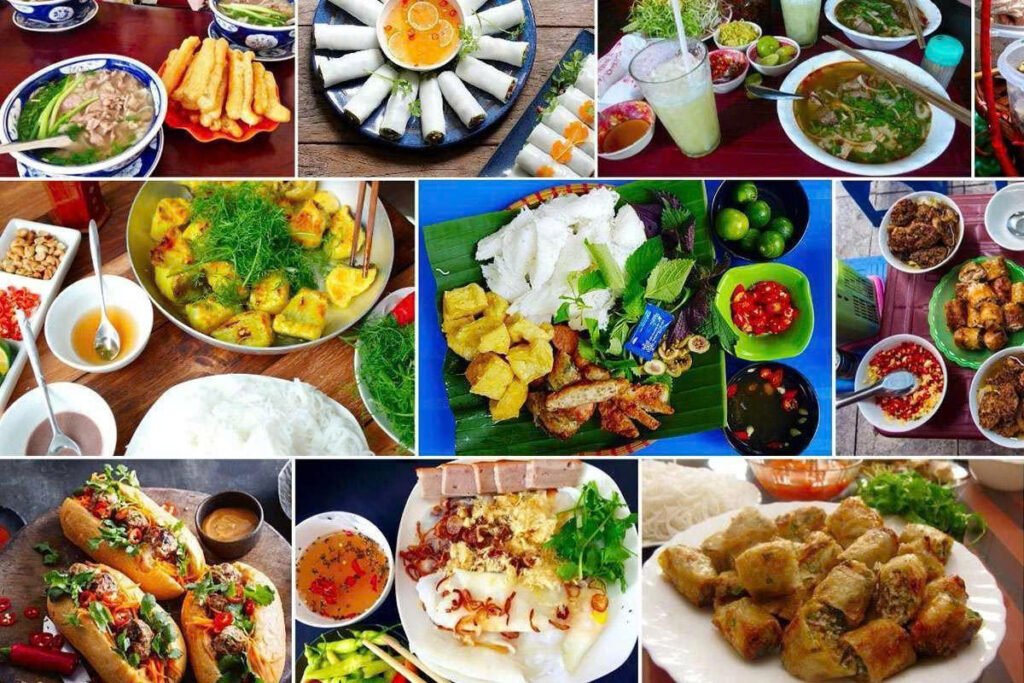
- Vietnam: You can easily eat a delicious meal for $1 – $3 USD. A bowl of Pho or Banh Mi will rarely exceed $2.
- Thailand: Street food is equally pervasive and affordable, often $2 – $4 USD per meal.
Western Restaurants & Cafes:
- Vietnam: $5 – $15 USD per meal.
- Thailand: $7 – $20 USD per meal.
Groceries & Cooking at Home:
- Vietnam: Cooking your own meals can significantly reduce costs. Groceries are cheap, especially from local markets. Estimate $100 – $200 USD/month.
- Thailand: Similar to Vietnam, but imported goods can be pricier. Estimate $150 – $250 USD/month.
Coffee Culture & Cafe Hopping: Both countries have vibrant coffee scenes.
- Vietnam: $1 – $3 USD for a coffee.
- Thailand: $2 – $5 USD for a coffee.
Verdict: Vietnam offers slightly cheaper food, particularly local options.
3. Transportation Costs
Getting around is easy and affordable in both nations.
Public Transport (Buses, Metro/Skytrain):
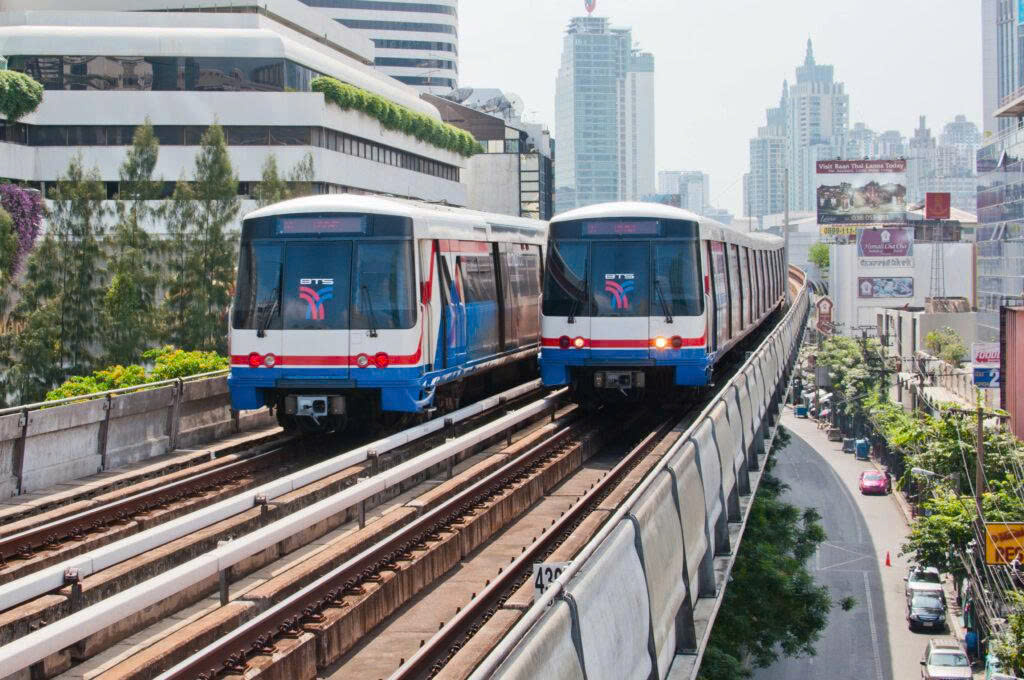
- Vietnam: Buses are very cheap (under $1). Ho Chi Minh City has a new metro line, and Hanoi’s is developing.
- Thailand: Bangkok has efficient Skytrain (BTS) and Metro (MRT), which are more expensive than buses but faster. Expect to pay around $0.50 to $1.50 USD for a one-way trip.
Ride-Hailing Apps (Grab, Xanh SM, Bolt):
- Vietnam: Grab and Xanh SM are dominant. A short ride (motorbike taxi) is often under $1; a car ride $2-$5.
- Thailand: Grab and Bolt are widely used. Similar pricing to Vietnam, perhaps slightly higher for car services in Bangkok.
Motorbike Rental/Ownership: A popular option for long-term stayers.
- Vietnam: Renting a scooter can be $50 – $100 USD/month. Buying second-hand is common.
- Thailand: Renting a scooter is often $70 – $150 USD/month.
Both countries offer highly affordable transportation, with Grab/Xanh SM being key for nomads.
4. Internet & Utilities
Staying connected is non-negotiable for digital nomads.
Home Internet (Fiber Optic):
- Vietnam: Excellent and cheap fiber optic internet. Plans often $10 – $20 USD/month for high speeds.
- Thailand: Fast and reliable internet, slightly more expensive. Plans typically $15 – $30 USD/month.
Mobile Data Plans:
- Vietnam: Very affordable. Unlimited data plans often around $5 – $10 USD/month.
- Thailand: Similarly affordable, with good coverage. Unlimited data plans $7 – $15 USD/month.
Electricity, Water, Gas: Varies greatly with usage, but generally affordable. Air conditioning is the biggest electricity consumer. Expect $30 – $80 USD/month, depending on AC use.
Very similar costs for internet and utilities, both offering great value.
5. Entertainment & Activities
Leisure and exploration are part of the nomad experience.
Bars, Clubs & Nightlife:

- Vietnam: Beer is incredibly cheap ($1-$2 for a local draft “bia hoi”). Cocktails are $5-$10.
- Thailand: Beer is slightly more expensive ($2-$4). Cocktails are similar to Vietnam, or slightly higher in tourist hubs.
Tourism & Excursions: Local tours are generally affordable in both. A few dollars is the usual price for entry to temples and attractions.
Fitness & Wellness (Gyms, Yoga): Gym memberships can range from $20 – $50 USD/month. Yoga classes are often $5-$10 per session.
Both countries provide budget-friendly entertainment, though Vietnam frequently offers more economical local experiences.
6. Healthcare & Insurance
While not a daily expense, this is crucial for long-term stays.
- Basic Medical Services: Both countries have affordable basic medical care. A visit to a private clinic might cost $20-$50 USD.
- International Health Insurance: Highly recommended. Policies specifically for digital nomads often range from $40 – $100 USD/month, depending on coverage (e.g., SafetyWing, World Nomads). Costs for this are independent of the country you’re in.
Similar costs for basic care; insurance is a global expense.
Beyond the Numbers: Lifestyle & Other Factors
Beyond direct costs, several non-monetary factors can heavily influence your decision.
Visa & Immigration Requirements
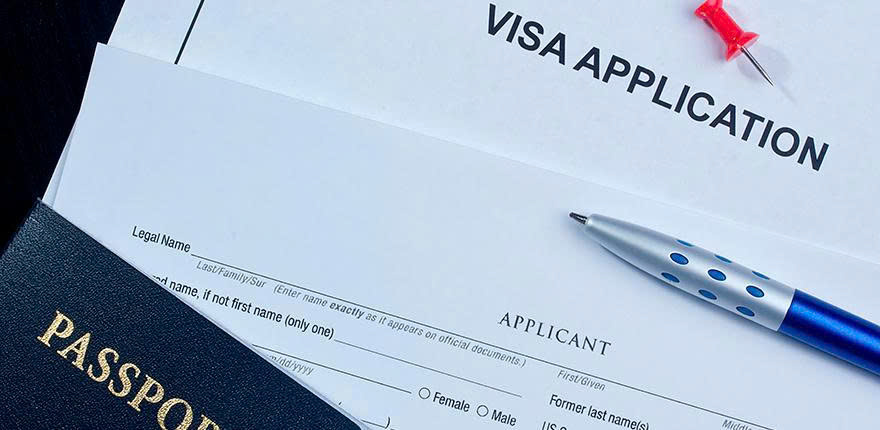
This is a critical consideration for long-term stayers.
- Vietnam: Currently, there is no specific Digital Nomad Visa for Vietnam. Nomads typically enter on a tourist visa (e-visa or visa on arrival, depending on nationality) and extend it, which can be a complex and sometimes costly process. Max stay can be limited.
- Thailand: Thailand has been actively developing its visa options, including a Long-Term Resident Visa (LTR) and considering a specific Digital Nomad Visa. Currently, many nomads rely on standard tourist visas (which can be extended or done via “visa runs”) or education visas. The process can be more streamlined than in Vietnam, but still requires planning.
Digital Nomad Community & Networking
- Vietnam: The community is growing rapidly, especially in Da Nang and Ho Chi Minh City. It’s easy to find meetups and co-working spaces, though perhaps less saturated than in Thailand.
- Thailand: Globally, Chiang Mai and Bangkok are home to some of the biggest and most well-established digital nomad communities. Networking events, workshops, and co-working spaces are abundant and well-organized.
Internet Speed & Reliability
Both countries offer generally excellent internet, particularly in major cities. Vietnam’s fiber optic internet is notably fast and inexpensive. Thailand’s is equally reliable.
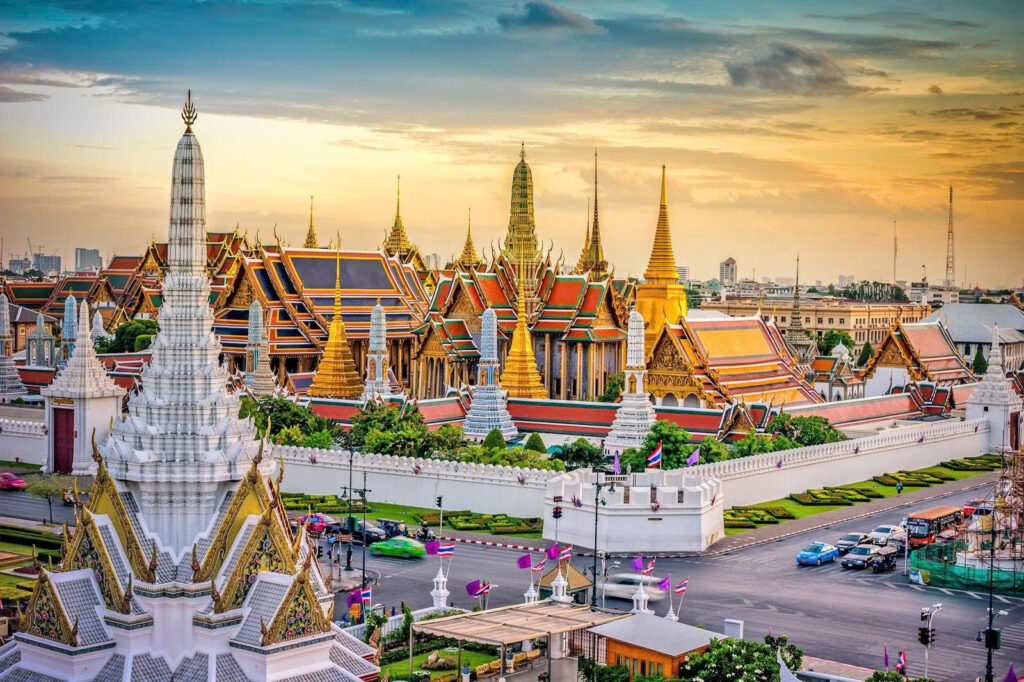
Safety & Security
Vietnam and Thailand are widely regarded as relatively secure destinations for visitors and foreign residents. Standard precautions against petty theft should be taken.
Climate & Weather
- Vietnam: Diverse climate, from temperate North to tropical South. The South, in particular, experiences hot and humid conditions during the summer months.
- Thailand: Tropical climate, hot and humid year-round, with distinct rainy and dry seasons.
Culture & Language Barrier
- Vietnam: Vietnamese is a tonal language. English proficiency is lower than in Thailand, especially outside tourist areas, but younger generations are more fluent.
- Thailand: Thai is also a tonal language. English is more widely spoken in tourist areas and among younger populations.
Which Country is Right for You? The Verdict
The choice between Vietnam and Thailand largely comes down to your priorities and preferred lifestyle.
Choose Vietnam if…
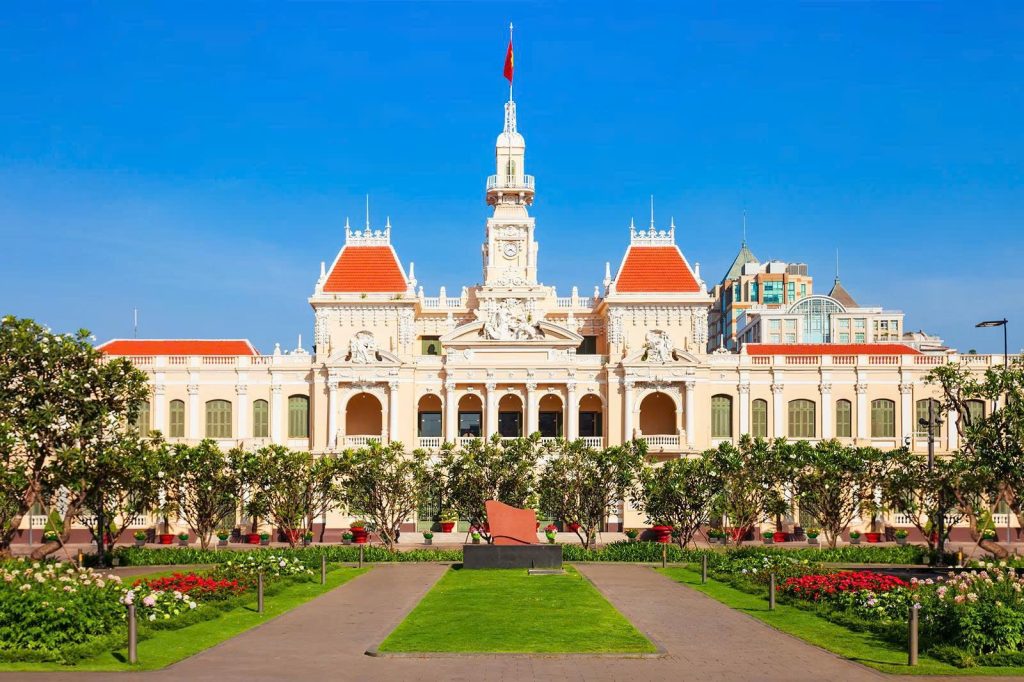
- You prioritize lower costs above all else.
- You’re looking for a slightly less saturated digital nomad scene and a more “authentic” experience.
- You’re fascinated by rich history, bustling cities, and incredible food.
- You don’t mind a bit more challenge with visa runs or are comfortable with shorter stays.
Choose Thailand if…
- You value a highly established digital nomad infrastructure with abundant co-working spaces and a large community.
- You seek a balance of affordability with convenience and varied landscapes (beaches, mountains).
- You prefer a destination with potentially easier visa options (or are willing to engage in common visa strategies).
- You appreciate a more developed tourism and expat-friendly environment.
RELATED: Digital Nomad in Vietnam: Best Cities, Costs & Tips (2025 Guide)
Money-Saving Advice for Digital Nomads
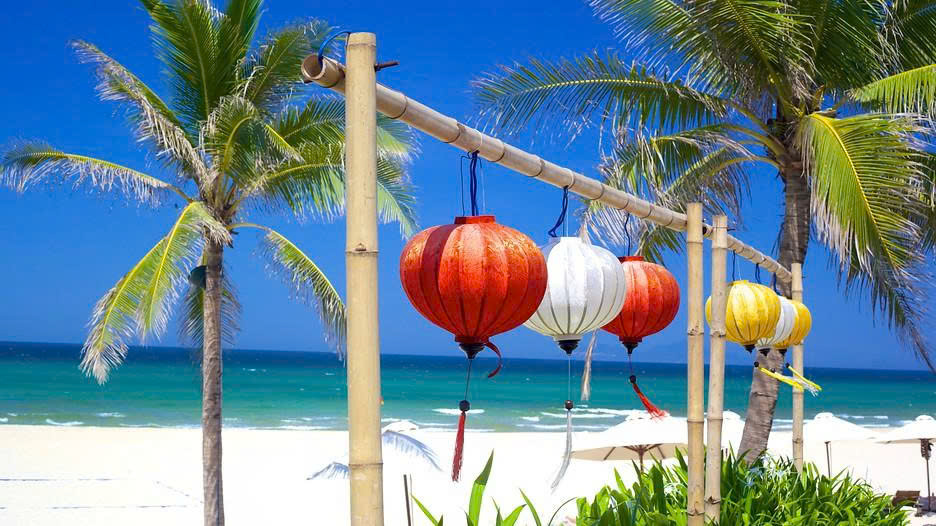
Regardless of your chosen destination, here are universal tips to keep your budget in check:
- Eat Local: Prioritize street food and local markets over Western restaurants.
- Negotiate (Respectfully): For accommodation and sometimes services, a polite negotiation can save you money.
- Use Ride-Hailing Apps: Grab/Gojek/Bolt are almost always cheaper than traditional taxis.
- Cook at Home: Even occasionally, cooking can significantly reduce your food budget.
- Track Your Expenses: Use budgeting apps to monitor your spending.
- Long-Term Rentals: Opt for monthly accommodation rentals over daily or weekly rates.
Both Vietnam and Thailand offer incredible opportunities for digital nomads seeking an affordable and adventurous lifestyle in Southeast Asia. While Vietnam generally takes the lead in terms of overall lower cost of living, Thailand counters with its highly developed digital nomad ecosystem and diverse offerings.
Ultimately, the best country for you will depend on your personal budget, desired lifestyle, and how much you value an established community versus a more raw, emerging experience. Whichever you choose, you’re in for an unforgettable journey!

